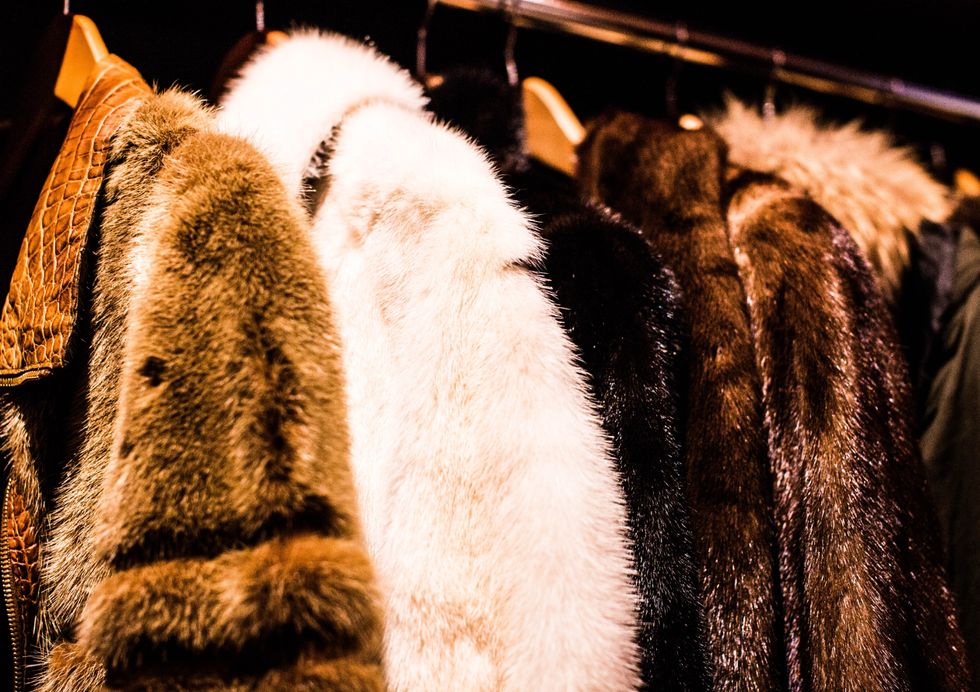Fur in the fashion industry has long-held controversy, but as the image of the modern woman evolves, fur fades out of the picture.
The Creative Director of Maison Margiela, John Galliano, has made the decision to go fur-free. He joins an ever-growing list of brands to do so; Gucci, Versace, and Michael Kors have also recently become part of the emerging standard. The decision comes as a surprise given Galliano’s previously touted outlook on fur. He clashed with Senior Vice President of PETA Dan Mathews before becoming friends with him and learning more about the mistreatment of animals on fur farms.
The transition to a fur-free industry has been stimulated by varied protests, often conducted by PETA. In 2016, the organization teamed with a group of young designers to write to students at Central Saint Martins, a public arts university in London with a reputable fashion programme. The letter urged students not to use fur and addressed the fur companies that often sponsor student collections in exchange for their use of fur in those collections.
They stress the violence that often accompanies fur production, and posit the following: “Every single bit of fur comes from an individual who was likely killed by painful means after spending a miserable, terrifying existence confined to a tiny, barren cage.” In a more contextual appeal to fashion students, they also note: “Humane fabrics have never been in more demand, and the growing number of fur-free designs on international catwalks is a clear indication that you can be daring as well as innovative and rule the runways without harming animals.”
Other labels demonstrate the growing value for ethics over profit, particularly given Gucci’s decision to go fur-free after the success of their fur-lined, backless loafer. Ex-Editor-In-Chief of British Vogue Alexandra Shulman had responded to this, recognizing that, “They are in a position of being a brand that people are following, so it will be interesting to see if there is any kind of knock-on effect.”
That effect occurs via Galliano, whose most recent collection exemplifies the effort to redefine how fashion caters to the people. It takes cues from airport style and “dressing in haste” to “reflect our fast-paced, high-tech lives.” In conversation with French Elle, he argues that now, luxury comes not in the price of fur, but in innovation and authenticity. He no longer seeks to sell a product so much as he looks to promote an ethic, and naturally, a fashion house that defends the values that people admire.
If the modern woman looks to be ethically conscious, it is no doubt that brands in positions of power should make every effort to follow suit.

















